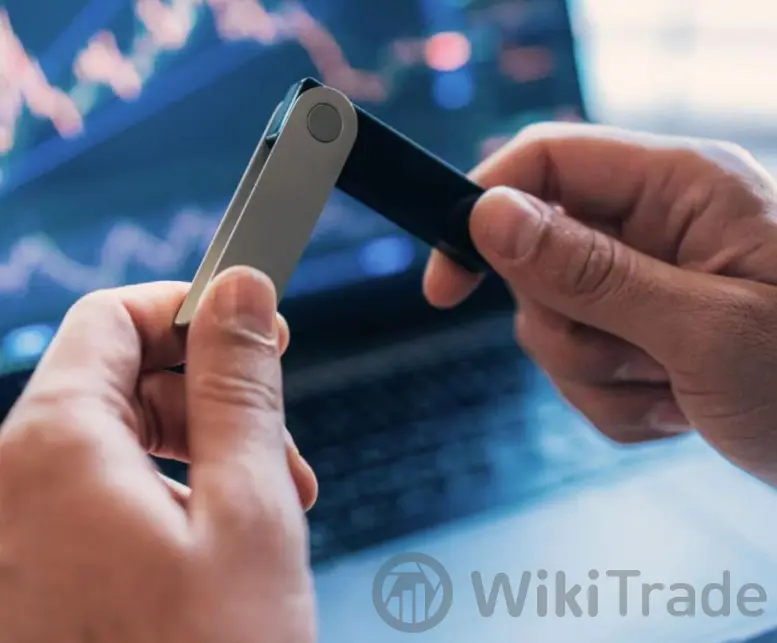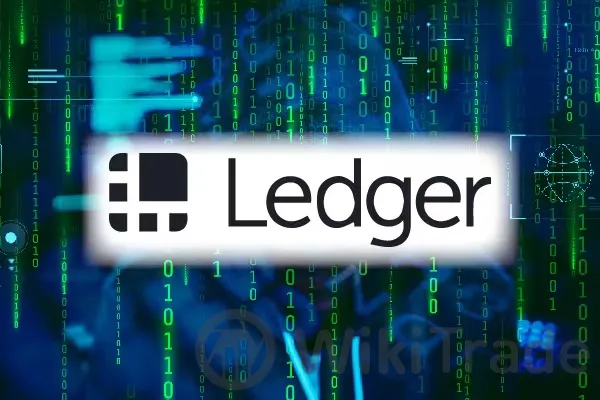Supply chain attack targeting ledger crypto
Abstract: A supply chain attack on Ledger crypto involves hackers compromising software or hardware before it reaches the customer, potentially stealing cryptocurrency once activated.
Understanding Supply Chain Attacks
Supply chain attacks infiltrate a company's network through vulnerabilities in its supply chain, posing a significant threat in the cryptocurrency sector. These attacks exploit trust relationships between companies and their suppliers, embedding malicious code into software updates or modifying hardware components.

Recent Attacks on Ledger Wallets
In 2020, Ledger's customer database was breached, leaking personal information, highlighting vulnerabilities in non-cryptographic operations.
Counterfeit Ledger wallets sold online were engineered to extract private keys and steal cryptocurrency.

Consequences and Impact
Attacks on Ledger wallets can lead to financial losses, reputational damage, and a decrease in confidence in the cryptocurrency market. They also raise concerns about personal security and the stability of the crypto ecosystem.

Fundamentals of Cryptocurrency Transactions
Purchasing cryptocurrencies online involves choosing a reputable exchange, registering, verifying identity, funding the account, and securely storing assets.
Setting up a cryptocurrency wallet involves choosing a wallet type, downloading software, generating a private key, backing up seed phrases, and ensuring strong security practices.

Investing in Cryptocurrencies
Understanding market capitalization, volatility, and the technology behind each crypto asset is crucial for investing in cryptocurrencies like Bitcoin and Ethereum.

Cryptocurrency Trading and Investment Strategies
Daily trading involves monitoring market trends and indicators to profit from short-term price movements.
Profiting from crypto includes mining, staking, and various trading strategies.
Legally acquiring free cryptocurrency can be done through airdrops and crypto faucets.

Advanced Cryptocurrency Trading Techniques
Cryptocurrency options trading allows speculation on future prices or hedging against losses.
AI crypto traders use algorithms to analyze market data and execute trades, potentially increasing profitability.

Protecting Against Supply Chain Attacks
Implement robust security measures, including secure software development practices and regular security audits.
Stay informed about security advancements and adopt best practices in cybersecurity.

Conclusion
The cryptocurrency community must take a proactive approach to prevent supply chain attacks, ensuring a safer trading environment through improved standards and regulations.
FAQs
Supply Chain Attack: Exploits vulnerabilities in an organization's supply chain to gain unauthorized access.
Safely Purchasing Bitcoin Online: Involves choosing a reputable platform, using strong passwords and 2FA, and ensuring device security.
AI Crypto Trader: Automates trading decisions using algorithms to analyze market data.
Protecting Crypto Wallet: Keep software updated, use hardware wallets, and enable multi-factor authentication.
Learning Cryptocurrency Trading: Pursue courses and resources from platforms like Coursera and Udemy, and practice on demo trading platforms.




Top News
 WikiTrade
WikiTrade WikiTrade
WikiTrade WikiTrade
WikiTrade WikiTrade
WikiTrade WikiTrade
WikiTrade WikiTrade
WikiTrade WikiTrade
WikiTrade WikiTrade
WikiTrade WikiTrade
WikiTrade WikiTrade
WikiTrade

